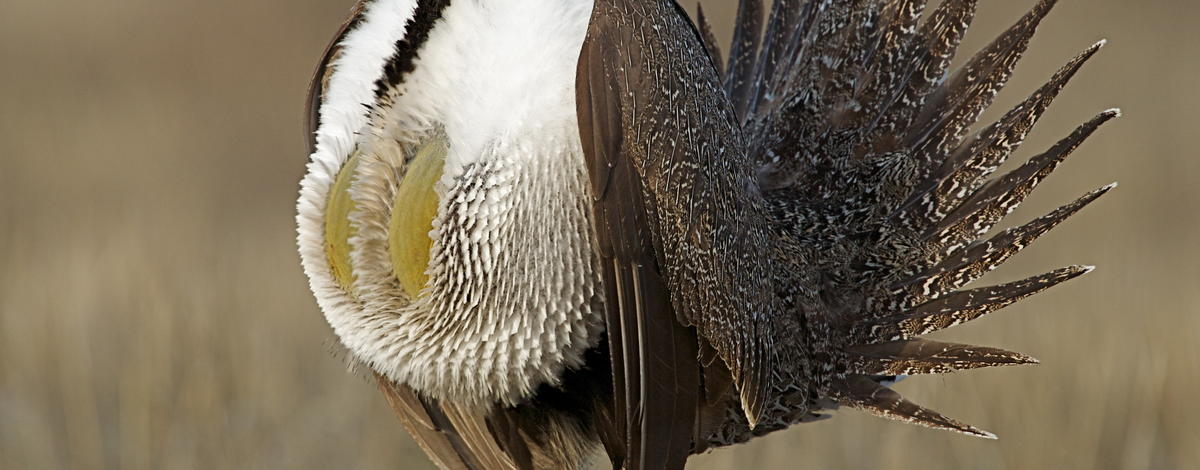Sage grouse hunters will have to buy tags designated for 12 zones for the 2021 season, and a total of 1,950 tags will be available on a first-come, first served basis starting Aug. 1.
Hunters must choose a single zone to hunt in, but the season has been expanded by more than a month in some zones. Each hunter can buy up to two tags depending on the zone, but eight zones are limited to one tag per hunter. Sage grouse tags cost $22.75 each for residents and $74.25 for nonresidents.
The sage grouse tag system is designed to limit harvest to less than 10 percent of the estimated fall population in each of the 12 reporting zones. This is first year for sage grouse tags. Due to limited availability, hunters planning to participate should buy tags immediately when they're available. Hunters can exchange tags between zones before the season starts if tags are available.
The 2021 hunting season will be extended by more than a month in some zones because Fish and Game can better distribute hunters and regulate harvest.
- Sage grouse firearms: Sept. 18 to Oct. 31
- Falconry: Aug. 15 to March 15
Wildlife biologists used 2021 spring lek counts and other demographic data to estimate fall populations for each reporting zone and calculate tag numbers. Statewide, sage-grouse populations increased 13 percent in 2021 compared to 2020, but are still down 48 percent from 2016.
Trends in 2021 were highly variable, with continued declines in southwest Idaho, North Magic Valley, and the Greater Curlew Valley, compared to modest increases elsewhere.
With this being the first year for limited tags, Fish and Game officials don’t know how much demand there will be, or what success rates will be, so they expect to adjust tag numbers for 2022.
An updated seasons and rules brochure will be available online before Aug. 1 at idfg.idaho.gov/rules/upland.

